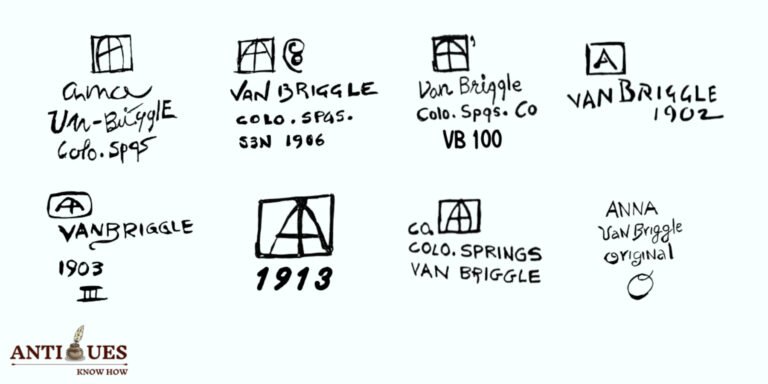Are you unsure whether that vibrant Art Nouveau-style vase in your cabinets is the iconic Van Briggle pottery? I understand! Without the right knowledge of Van Briggle marks, finding out its age, history, and real value is difficult!
Overlooking such factory logos, artist marks, and shape numbers also means that you might be missing out on a valuable piece worth close to the most valuable Van Briggle piece auctioned for $187,500!
This detailed visual guide to Van Briggle Pottery marks will help you decode all Van Briggle brand and age marks and understand the actual worth of your piece.
History of Van Briggle Pottery Company
The Van Briggle Pottery Co. was a multi-fired American art pottery company established in 1901 by ceramic artist Artus Van Briggle and his wife, Anne Lawrence Gregory. The company ran for over 110 years, from 1901 to 2012. Here’s its brief history:
- 1903: The 1903 Paris Exhibition awarded Artus for the iconic matte blue glaze he had developed from his initial Rookwood Pottery experience. The Van Briggle Co. started a little-known line of 12 lamps modeled on Van Briggle pots with a glazed brass shade from 1903 to 1909.
- 1904: After Artus passed away, Anne Van Briggle ran the company for four years until 1908. During this time, she built the Van Briggle Memorial Pottery Building to display over 5,000 Van Briggle pottery pieces made at her ceramic facility in Colorado Springs.
- 1908: Anne leased the company to Edmund deForest Curtis, who ran it till 1916.
- 1922: Anne sold her pottery company to J.F. and I.H. Lewis, who renamed it the Van Briggle Art Pottery. Finally, the factory shut for three years due to low resources during WW1.
- 1950s: In 1955, the Lewis brothers and their potter, Clem Hull, relocated the factory to Midland Road due to a proposed freeway at Colorado Springs.
- 1960s: Kenneth Stevenson acquired the company in 1969. He expanded production and introduced Persian pottery under the Arabesque and Pueblo lines.
Most of this colored, new-age pottery is made in Van Briggle’s new factory at Midland Road near Medina Beach Park. But remember that the old & collectible Van Briggle Pottery comes from the company’s original factory in Colorado Springs.
Identify Van Briggle Pottery with Four Markings
Most collectors identify Van Briggle pottery by its Art Nouveau design, fluid forms, and filtered Sherman clay bodies. But these features are pervasive and can be replicated on cheaper, new-age pottery.
That’s why the best way to identify and date REAL Van Briggle Pottery is by its four types of marks: brand marks, centennial marks, numberings, and artist marks!
Van Briggle’s company marks, especially the AA & Colo Springs marks, help verify the age and location of your piece, while the number marks tell you its quality. The centennial marks denote unique, limited-edition pieces, while the signs represent designer pottery!
Find out more details on all Van Briggle marks below!
1. Vintage Van Briggle Pottery Company Marks
The company mark is the most prominent mark on an antique Van Briggle Pottery piece. Usually, these marks were hand-incised in wet clay using a stylus. So, they look uneven with varying heights and thicknesses.
Here are all the Van Briggle factory marks based on years with hand-drawn examples and more details:
1. 1901 – 1904 Van Briggle Marks:
These early Van Briggle pottery pieces include the AA and VB logos (Van Briggle name) and dates. These marks were hand-applied using colored ink with a glaze on top.
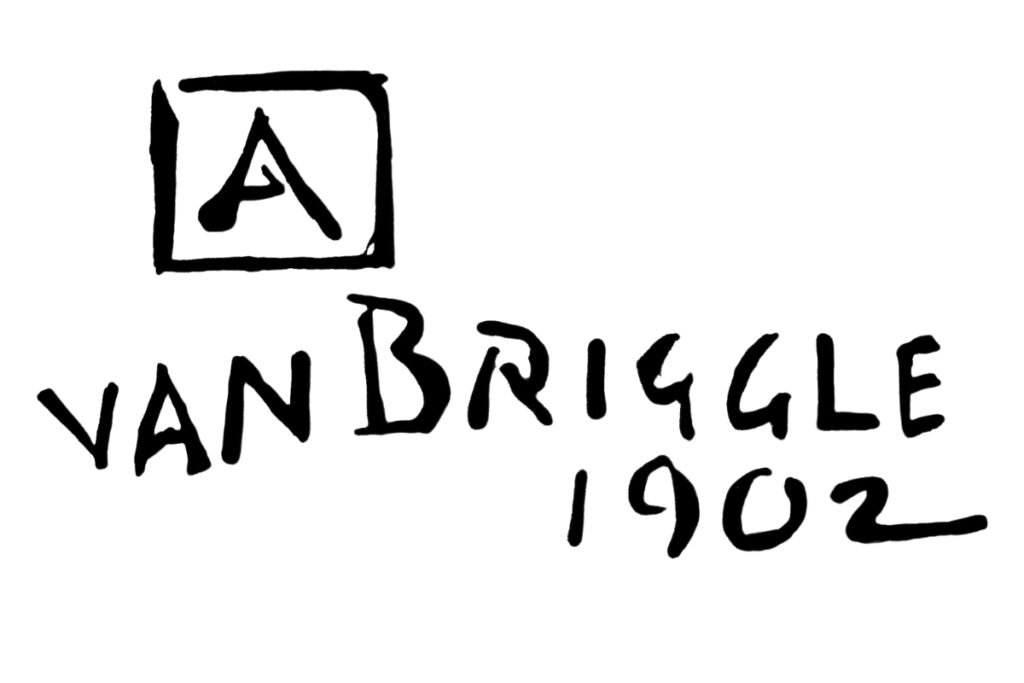

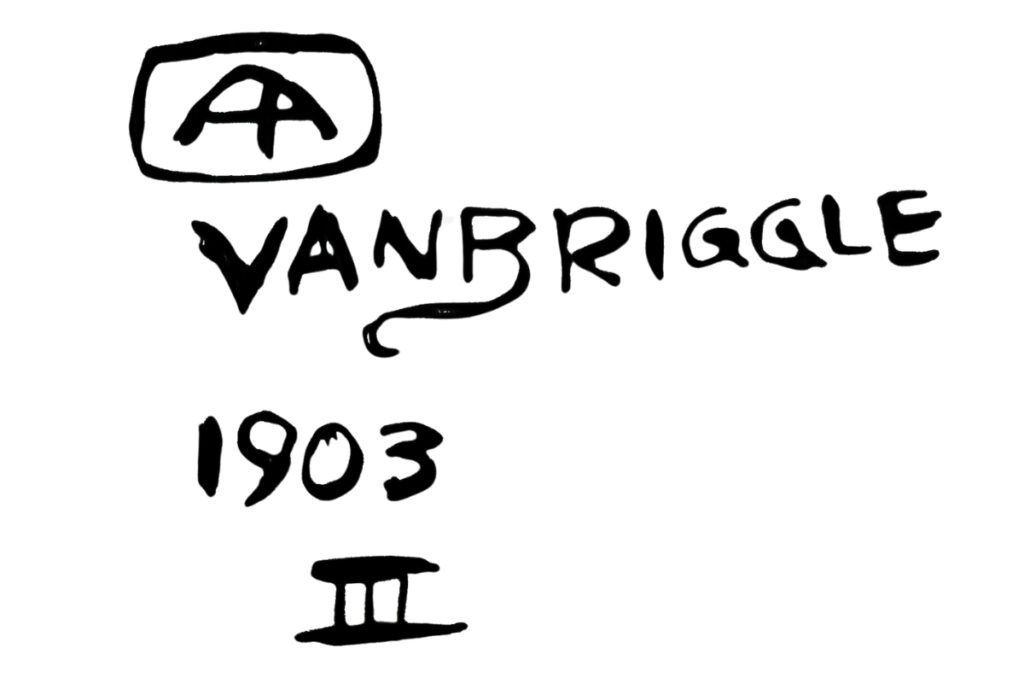
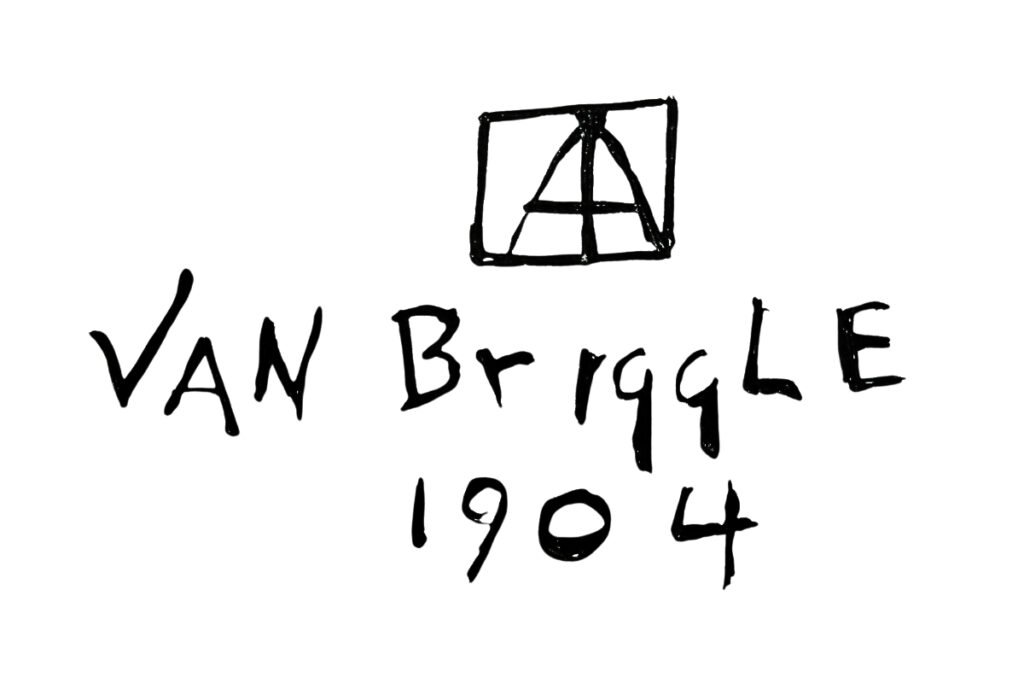
2. 1905 Van Briggle Pottery Marks:
The 1905 Van Briggle Pottery Marks also have an inscribed double-A mark, VB logo, and year on the base. But the early pieces bear the Roman numeral (clay grade) ‘V,’ the mid-year pieces use the letter ‘X,’ and the later pieces have ‘VX’ or ‘XV’ symbols.

3. 1906 – 1907 Van Briggle Marks:
In 1906, Van Briggle stopped adding Roman numerals to its brand marks. Instead, they used a ‘Colo Spgs’ (short for Colorado Springs) location mark and the ‘AA’ logo, company name, and date on the base. Here’s how it looks:
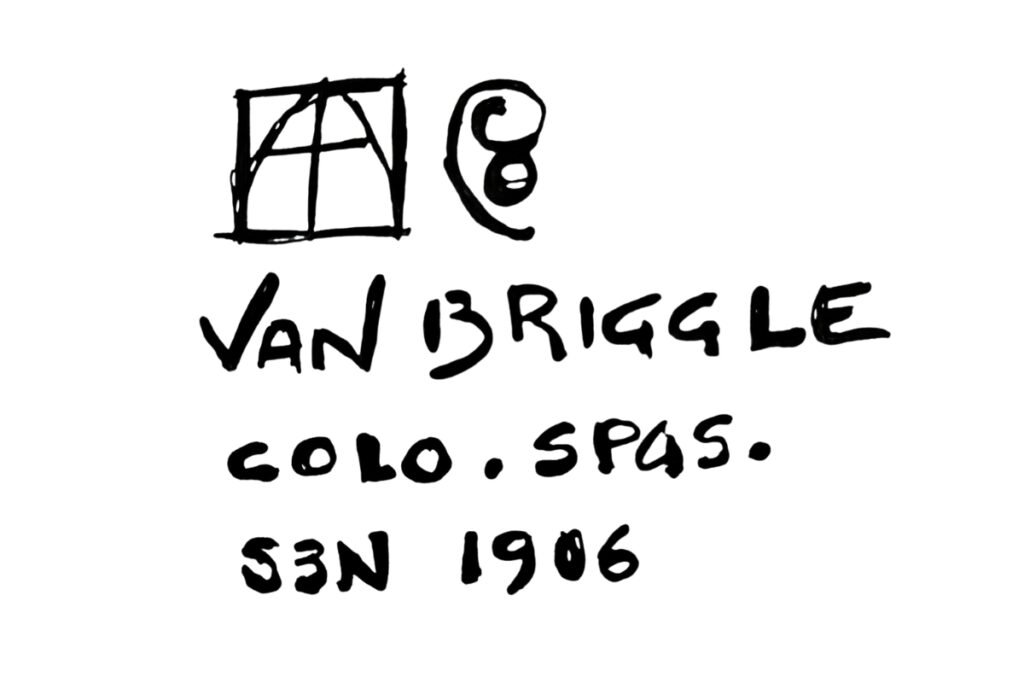

4. 1908 – 1912 Van Briggle Brand Marks:
From 1908 to 1912, Van Briggle pottery had carved but whitewashed marks consisting of an AA logo, brand name, shape numbers, and finishers marks. Also, these marks didn’t have any date or year stamp.
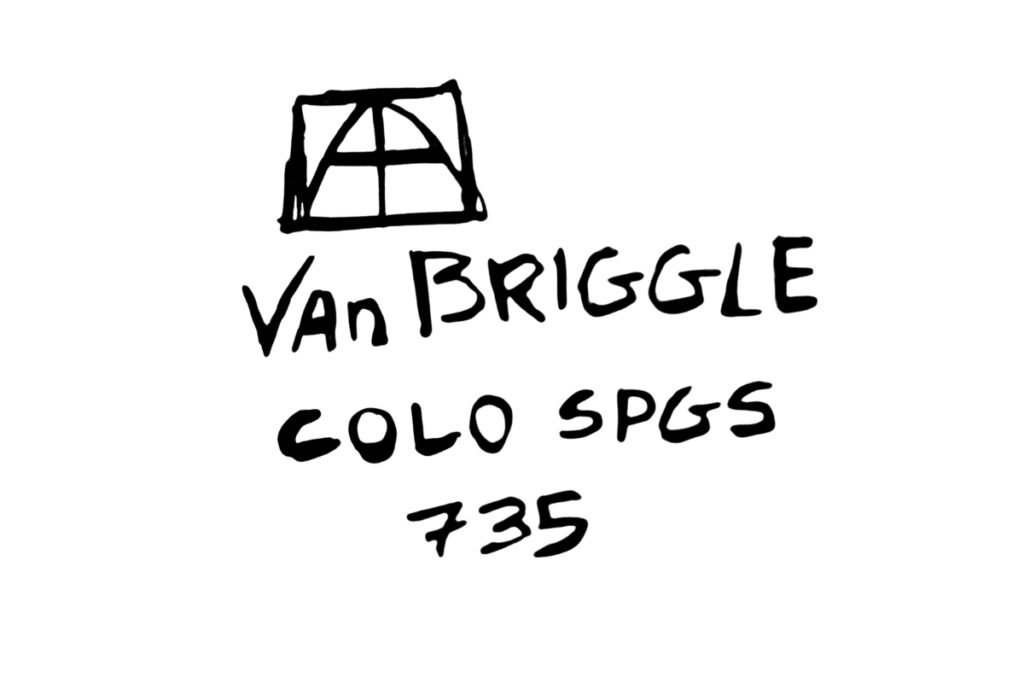
5. 1913 – 1919 Van Briggle Pottery Marks:
The 1913 to 1919 Van Briggle pottery had an ‘AA’ logo with a stamped year under it. Some 1915 – 1916 pottery pieces might also have a carved 2-3 digit shape number at the end.

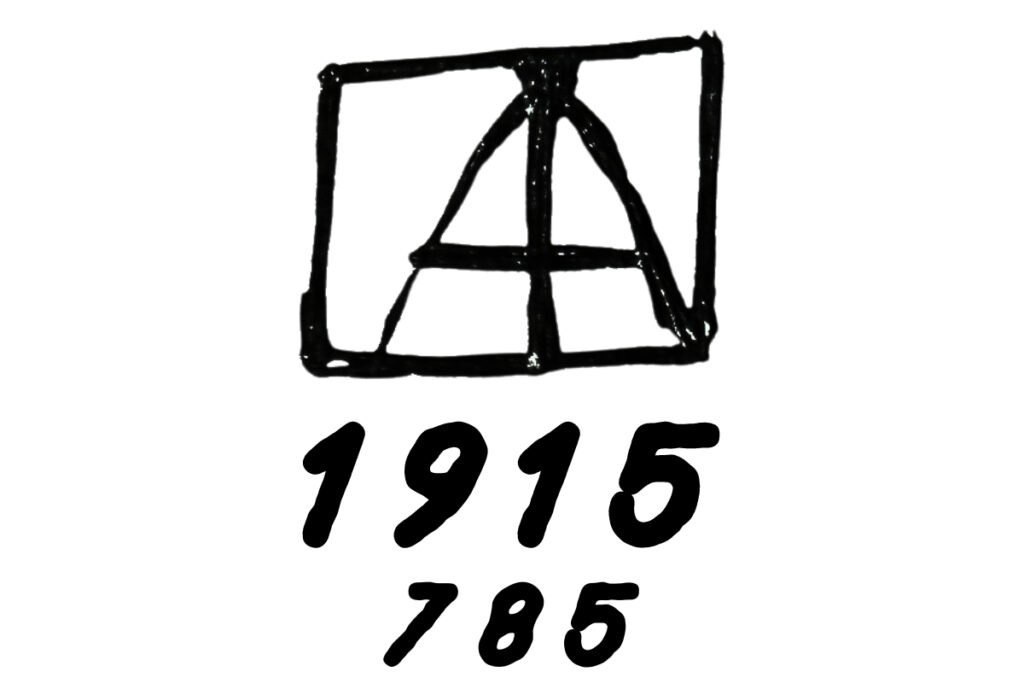
However, the Van Briggle Pottery Co. didn’t follow any specific marking system between 1920 and 1922, but you can date it based on the clay color.
The bottom markings on early 1920s pieces had a mix of the typical Van Briggle Colo Spgs marks on dark clay, sandy, or buff background.
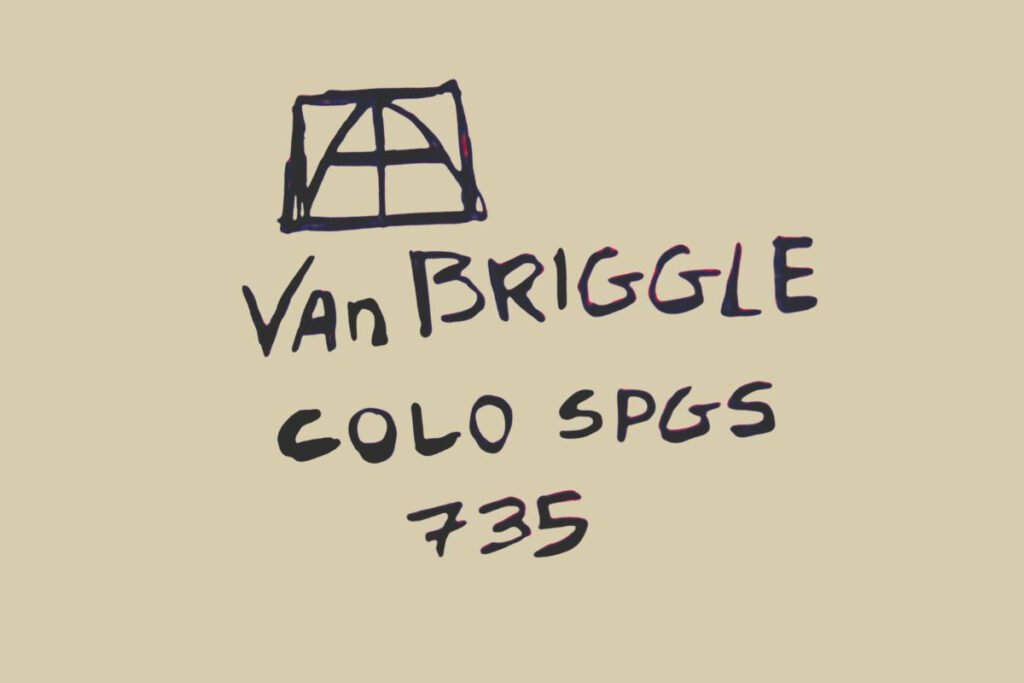

6. 1922 to 1926 Van Briggle USA Marks:
Van Briggle added a carved ‘USA’ mark below the AA logo and company name. These marks usually had a brown glazed finish with a grainy, buff-colored base below them.

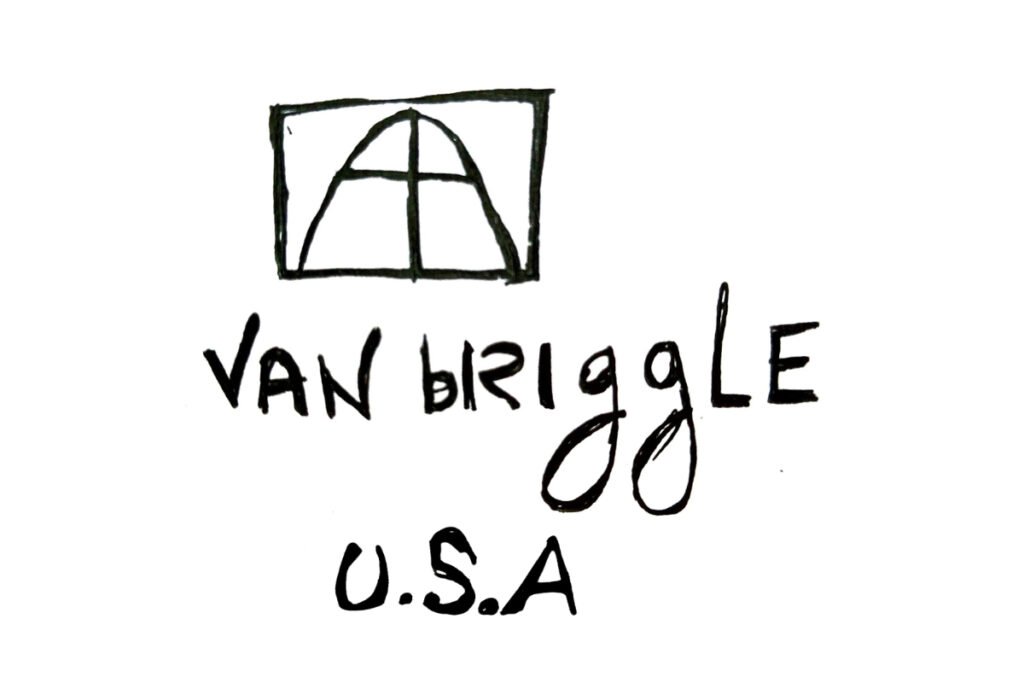
7. The 1930s – 1960s Van Briggle Marks:
The 1930s to 1960s Van Briggle Pottery had a strong mix of block and script-style AA logos. The earlier pieces from this period had unglazed or buff finishes, while the latter used a clear finish.
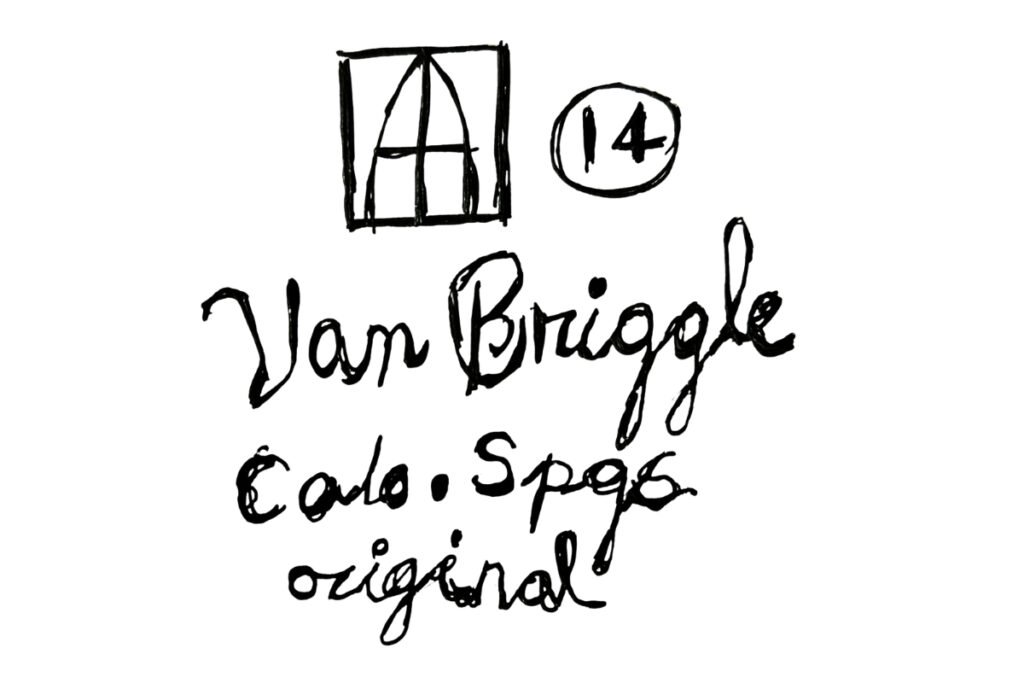

Some 1956 Van Briggle Pottery pieces also had an etched ‘G’ mark in a circle or gold ore glaze above the company mark.
8. The Post-1960 Van Briggle Marks:
The post-1960 Van Briggle Pottery pieces used incised or ink-stamped marks. The earlier 1961 to 1968 pieces had carved ‘Anna Briggle’ marks.

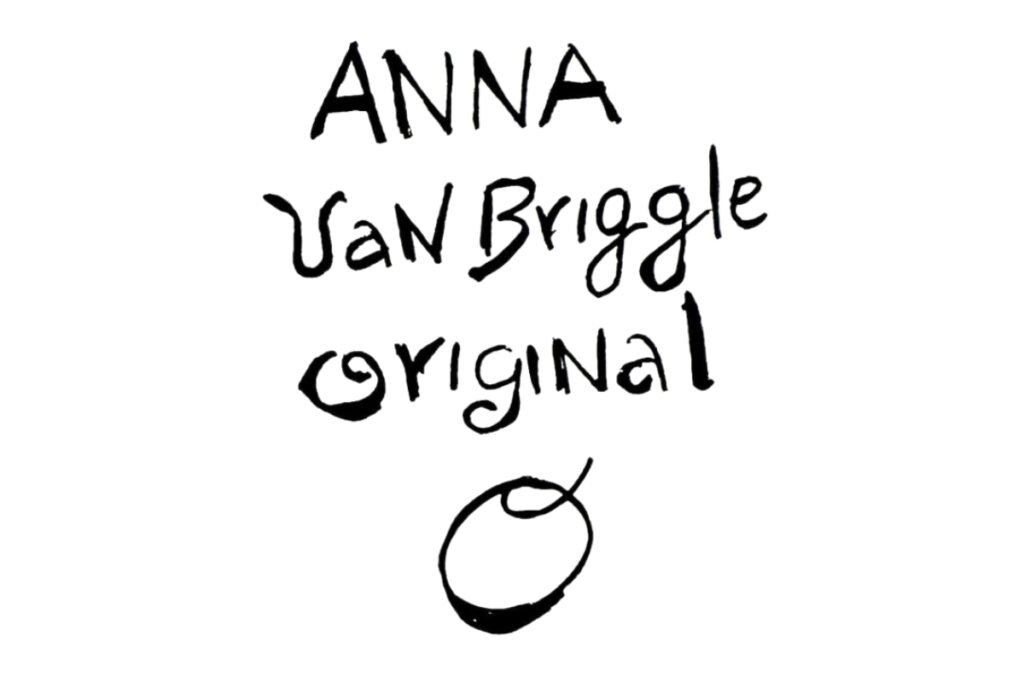
The post-1968 Van Briggle Pottery pieces will have new-age marks that look like the following reference marks:
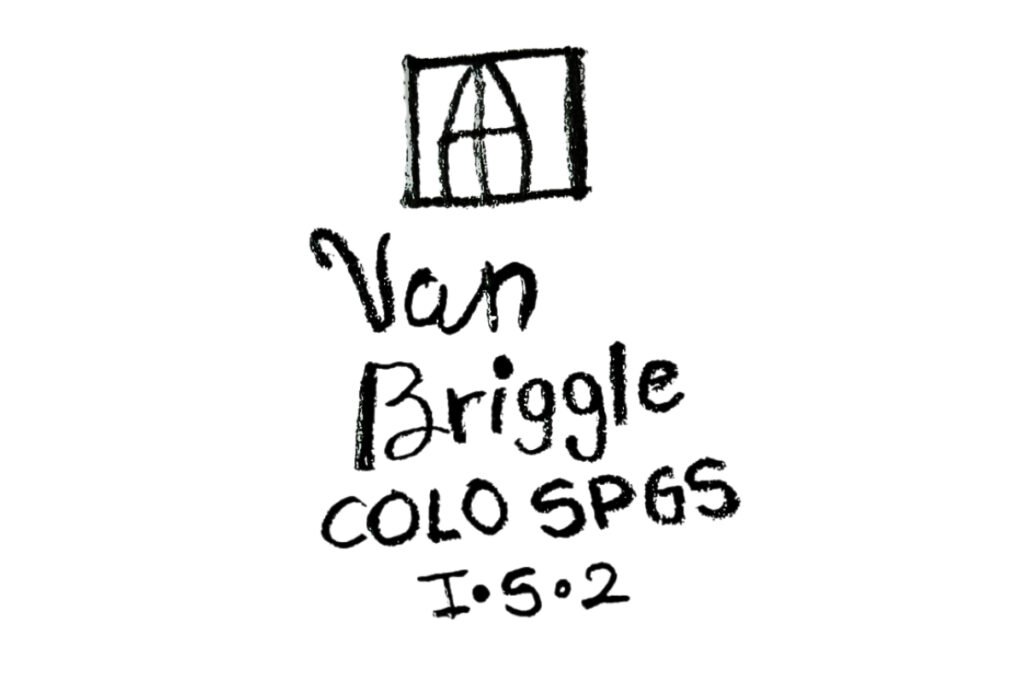


You may also find the following number marks on the 1984 & 1985 Van Briggle Pottery Pieces:

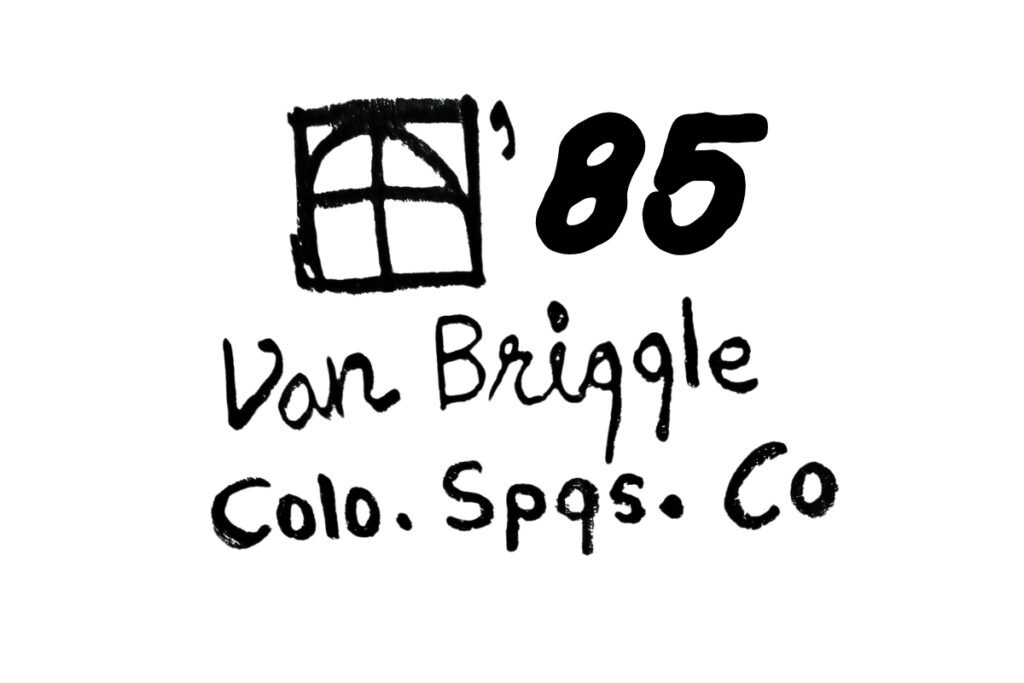
2. Van Briggle Pottery Centennial Marks
The Van Briggle Pottery celebrated its Centennial (100th Anniversary) in 2000. So, from 2000 to 2004, the company made limited, special-edition pottery pieces to commemorate. These pieces had unusual shapes and rare, colored glazes with the marks below:
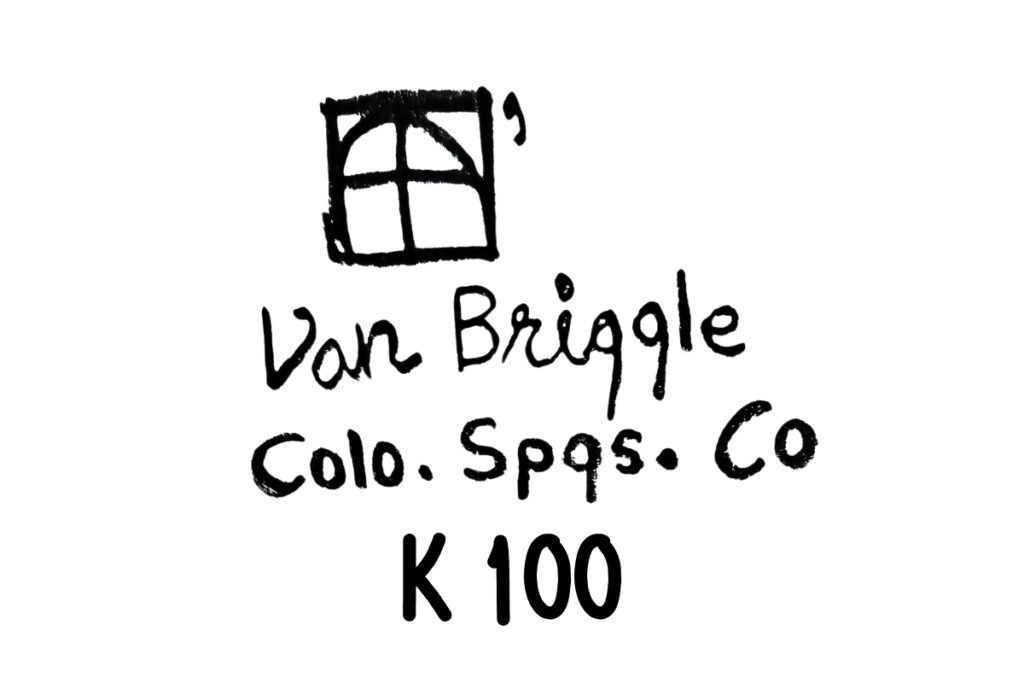
Over 500+ pottery pieces made during Van Briggle’s four-day anniversary event had a ‘K100’ mark on the base. You’ll also find the usual AA & Colo. Springs mark with the shape number.

The Van Briggle & Co. used a blue-glazed VB100* mark for all its centennial pieces from 1st Jan to 15th March 2000.
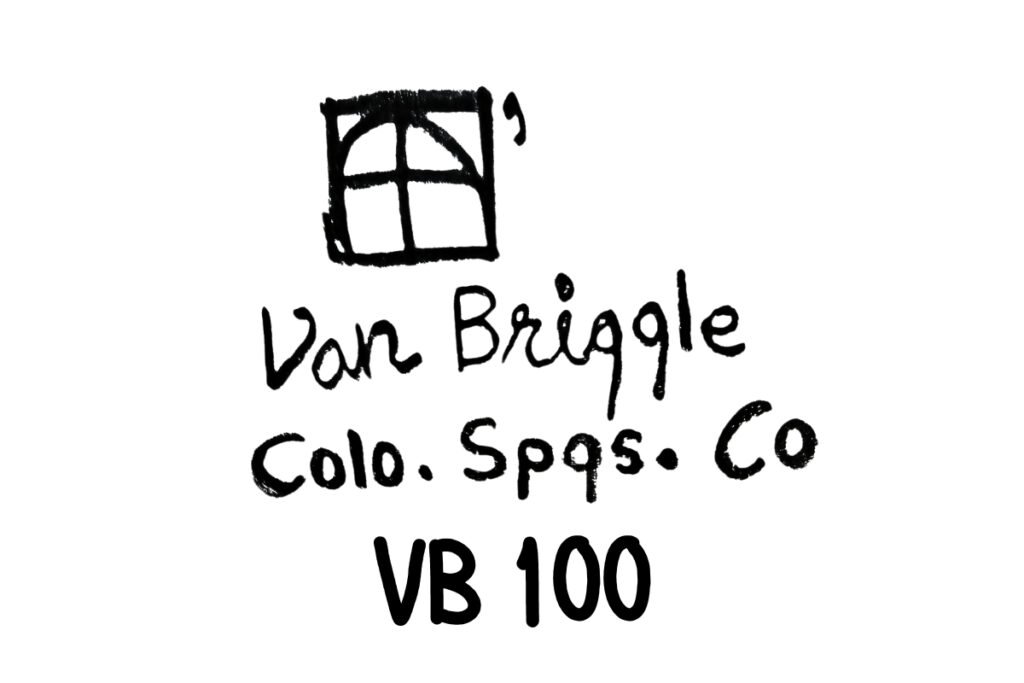
A similar VB 100 mark is found on the 15th March to 31st December 2000 pieces. This mark was impressed onto the base before the first firing.
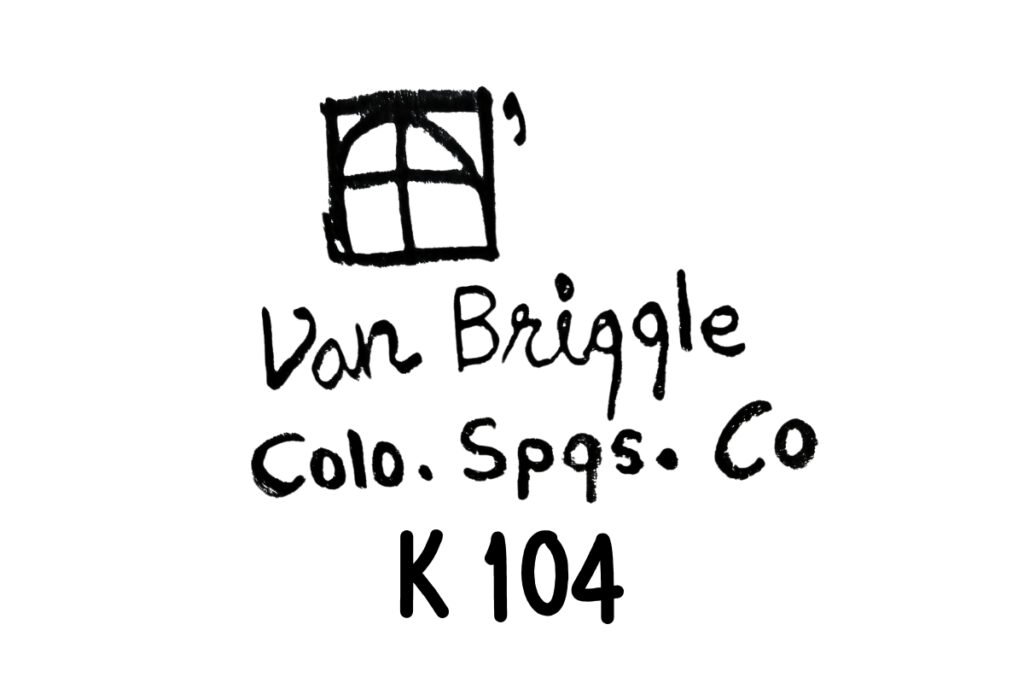
In 2004, the company used a carved ‘K104’ Van Briggle mark for all the 600 pieces it created for the ‘Bit of Out Garden’ Symposium.
3. Van Briggle Pottery Number Marks
Many vintage Van Briggle pieces have an impressed number mark below or along the company’s logo. These numbers may be Roman or Arabic, as shown below:
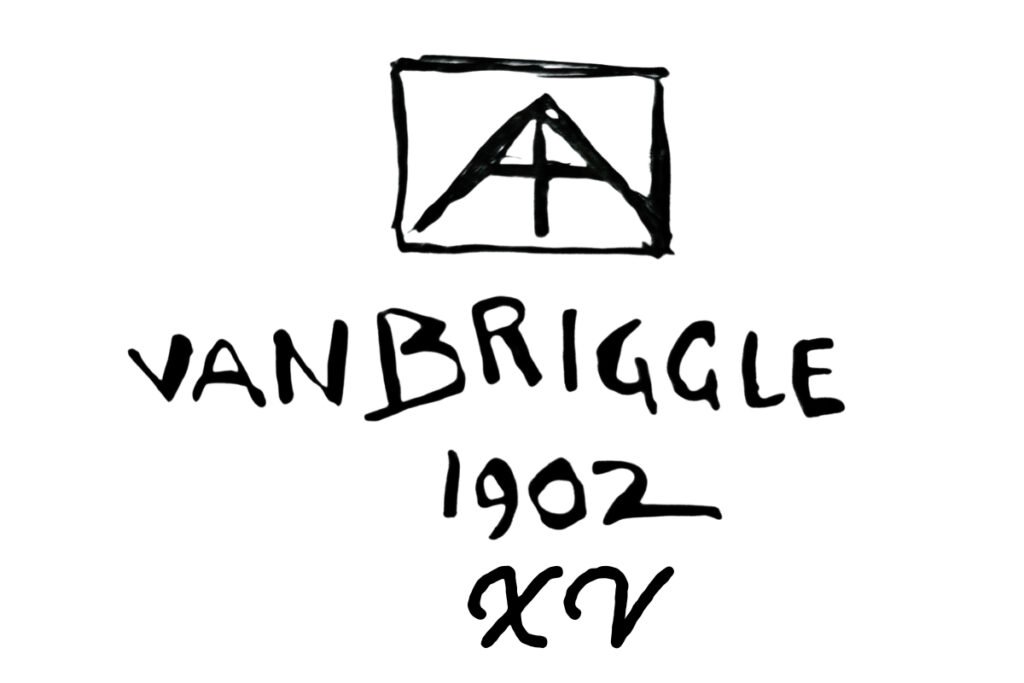
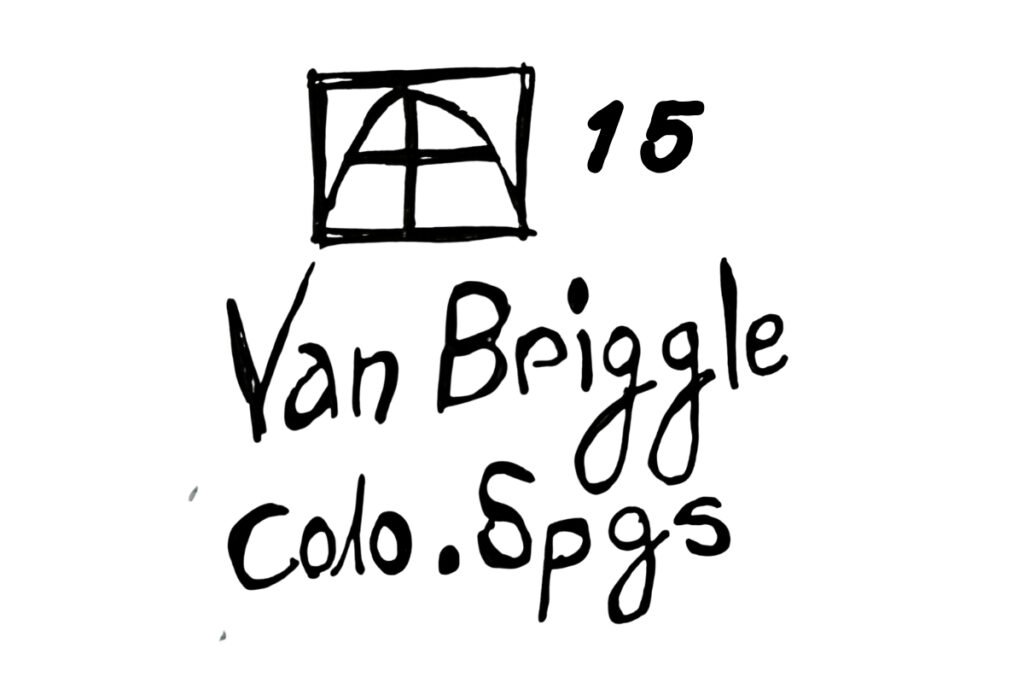
The Roman numbers III – VX denote the quality of clay used to make that piece of pottery. The early 1902 – 1903 pottery had a III mark; the 1904 ones used a ‘Grade V’ clay, while the 1905 pottery used the ‘V,’ ‘X,’ ‘VX,’ and ‘XV’ marks.
The post-1906 Van Briggle pottery doesn’t have any clay marks.
On the other hand, the Arabic numbers denote old Van Briggle pottery’s shape number. These numbers usually fall between 1 and 900 and have a clear, transparent glaze on top.
Unfortunately, there’s no official database for Van Briggle Pottery shape numbers to learn the names and meanings of these numbers. But here are a few common shape number examples based on the real Van Briggle items I’ve appraised over the years:
| Van Briggle Pottery Shape Number | Pottery Shape |
| 1 | Simple Vase with Tulip design |
| 49 | Two-handle flask |
| 165 | Poppy-design flask |
| 631 | Spade-shaped Panel design |
| 645 | Mermaid-shaped flask |
| 762 | Pine-cone vase |
4. Other Important Van Briggle Pottery Marks
Besides the above marks, old Van Briggle pottery may also bear the following unusual marks:
- The post-1930s Van Briggle Pottery pieces might have a carved size mark. These run from the letter A to F, where “A” represents large pottery and “F” stands for miniature pottery.
- ‘Large’ or ‘Small’ notations to indicate the different available size options.
- The word ‘ORIGINAL’ below the company’s brand mark. These denote the pieces directly hand-thrown on the potter’s wheel.
- You might also find some etched potter monograms and signs of artists like Clem Hull, Nelson Curtis, Craig Stevenson, and others on your pieces. Learn more about these signs in this ‘Van Briggle Pottery Artist Marks guide!
Spot Fake Van Briggle Pottery and Marks
Van Briggle marks prove its authenticity. However, you may also find some reproduced or fake Van Briggle pottery with similar-looking signs and marks. But you can easily spot such fake marks by comparing them to the real ones.
Real collectible Van Briggle pottery is marked with a carved brand name and an ‘AA’ logo. If your pottery has some weird ‘Van Briggle’ tag or label, it might be fake.
Here are some important clues to spot fakes or reproduced Van Briggle pieces:
1. Rub your finger on the marks to check their depth. Real stylus-made Van Briggle marks are 2-3 mm deep, while the forged ones are almost flat.
2. A Fake Van Briggle piece includes both the artist’s sign and initials. In contrast, the real ones have just the brand name and the designer monograms.
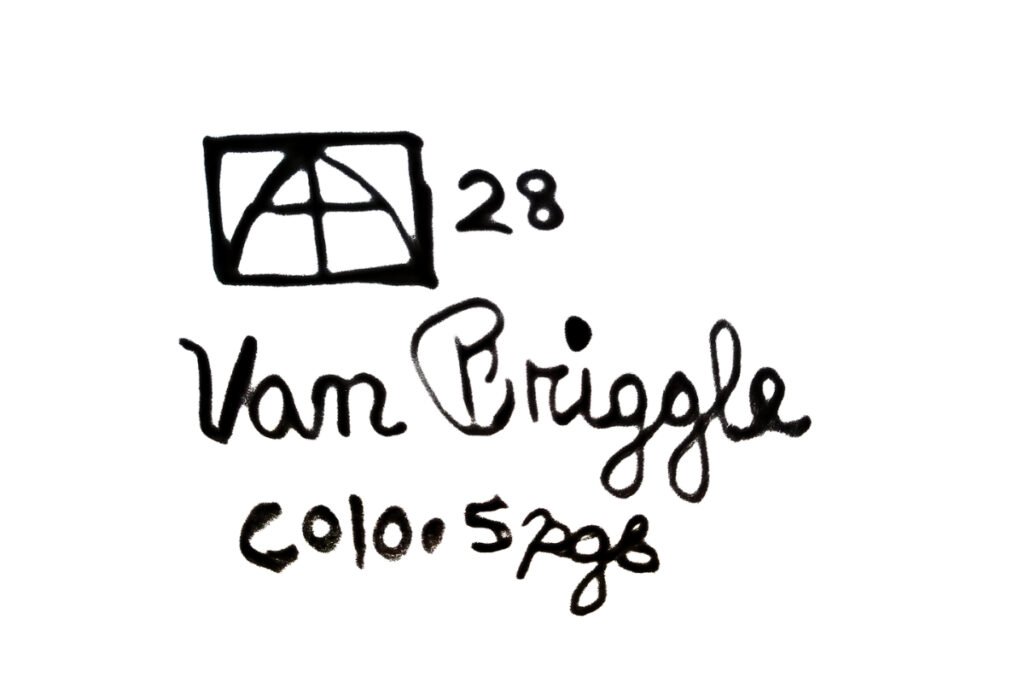
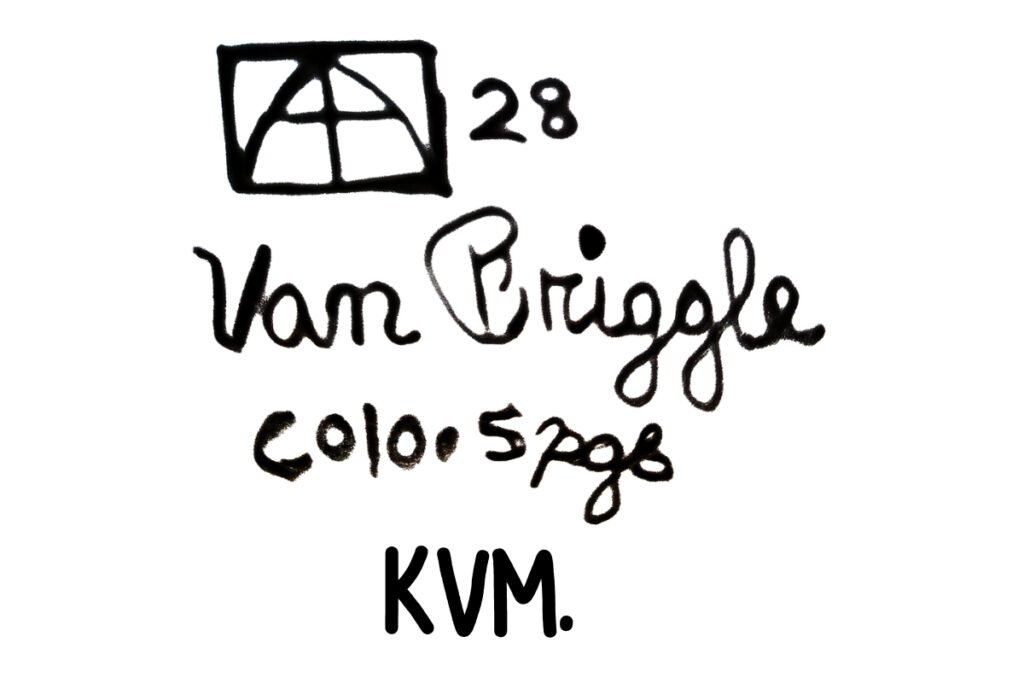
3. Forged Van Briggle pottery marks have simple and bold scripts, while the real ones are rounded and cursive.
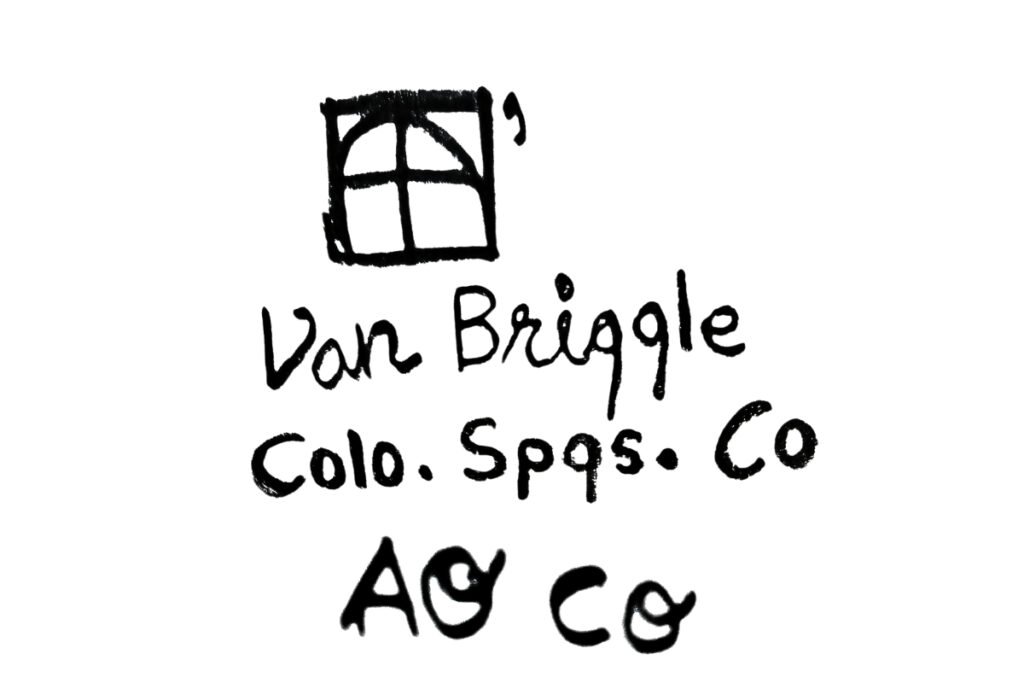
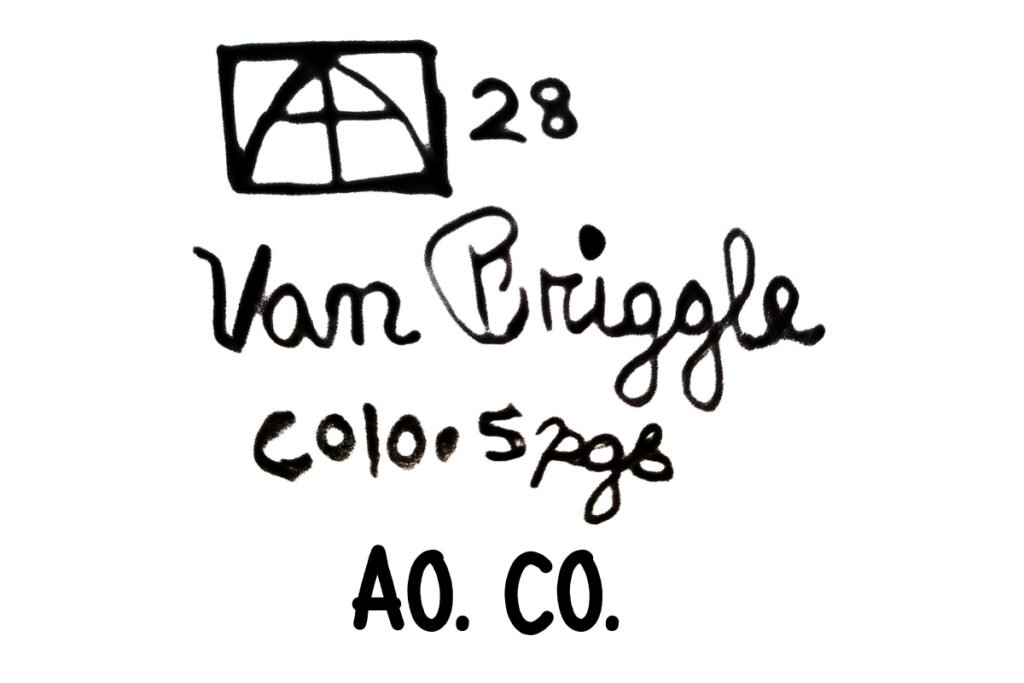
4. Many forged Van Briggle pottery pieces have a painted ‘KV’ monogram on the base.

5. Real Van Briggle pottery has a dark blue, maroon, gray, or purple glaze over a base color; fakes don’t have any glazes or highlights.
6. Van Briggle’s pottery comes from America, so it’s bound to have minimal Western shapes. Any Asian or Chinese-design-inspired piece might be forged.
7. Fake Van Briggle pottery weighs less and has thinner walls than the original one.
Vintage Van Briggle Pottery Value Guide
Rare mint-condition Van Briggle pieces with original marks can be worth thousands of dollars. The most valuable Van Briggle pottery item is an 1898 Lorelei vase that sold for over $187,500 at a Rago auction in June 2016!
Such high prices aren’t uncommon for old Van Briggle Pottery pieces. Most old, artist-signed pieces fetch hundreds and thousands. Here are some examples of such high-end auctions:
- An award-winning, modeled bear Van Briggle pottery vase was appraised at a value of $30,000 – 40,000 at a recent Rago Art Auction.
- A rare, opaque-glaze Van Briggle vase sold for $3,680 at Charlton Hall Auctions.
- A marked Van Briggle Pottery ‘Climbing Bear’ vase fetched $3,125 at a recent John Moran Auction.
- A 1902 Van Briggle Brown Poppies vase sold for over $4,000 on eBay.
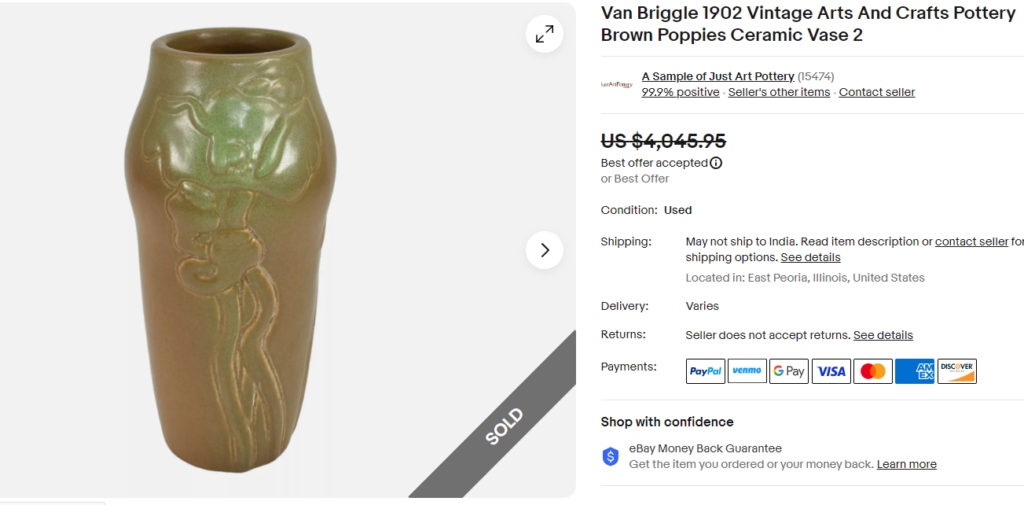
But not all Van Briggle Pottery pieces might sell this big. The final resale cost depends on the following factors:
- Rarity: Limited-edition, centennial, or artist-made pieces generally fetch higher returns than the common ones. Even those with detailed glazing and finisher’s marks are more desirable than others.
- Age: Older pieces, especially those created during Artus Van Briggle’s lifetime (1901 – 1904), are more valuable than the new 1980s pottery pieces.
- Condition: Damaged Van Briggle pottery, especially those with visible chips, cracks, stains, and faded glazes or finishes, lose 10 – 12% of their original value. Even restored, glued, or repolished pottery is a big no!
- Size: Large, 10-12 inch Van Briggle pottery pieces fetch more returns than small 5-6 inch models despite having the same size and design.
So, you’ll find used or common pieces from $50 to over $3,000 on different online sites like eBay, Etsy, Ruby Lane, etc.
Generally, old Van Briggle vases can fetch $80 – 2,500 as per the size, while the thinner pitchers sell for less than $500. An unglazed bowl or pot is valued at $500 – 1,500, while the colored one can fetch up to $800 or more for rare Van Briggle designs.
Other Van Briggle collectibles like figurines and statues usually fetch less than $1,000 due to their small size and standard native American designs.
In conclusion, original marked Van Briggle pottery is highly collectible in the the antiques market. This guide will help you with everything from identifying and dating Van Briggle pottery marks to assessing its value. If your piece has any other marks than the ones shown in this guide, click its pictures and mail them to me for identification.
If you need more help identifying vintage ceramics, such as Edelstein Bavaria porcelain, Sevres porcelain, or Roseville Pottery, I have shared detailed guides for each of them!

